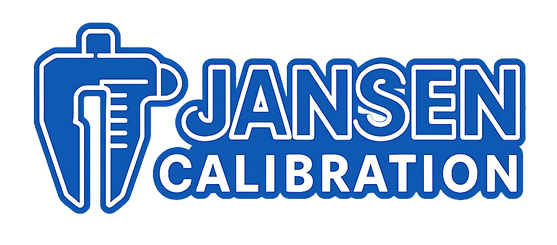No products in the cart.

Power quality issues such as voltage sags, transients, harmonics, and noise can cause costly disruptions in industrial systems, sensitive electronics, and power infrastructure. While many engineers rely on dedicated power quality analyzers, oscilloscopes are increasingly being used as powerful diagnostic tools—offering fast, visual insights into electrical waveforms and anomalies.
In this article, we explore how to effectively use oscilloscopes for power quality analysis, what features to look for, and when it’s best to combine them with other test instruments. Whether you’re troubleshooting equipment malfunctions or ensuring compliance with standards like IEEE 519, this guide will help you harness oscilloscopes with confidence.
Why Use an Oscilloscope for Power Quality Testing?
Oscilloscopes are indispensable tools in electrical diagnostics. When configured with the right probes and settings, they allow you to visualize:
Waveform distortions (harmonics, clipping, noise)
Voltage drops and spikes (transients, dips)
Unbalanced phase voltages
Power factor and phase angle via math functions and cursors
Unlike traditional power meters, oscilloscopes let you see events in real-time, capture infrequent glitches, and perform in-depth waveform analysis with high resolution.
Essential Features for Power Quality Analysis with Oscilloscopes
To perform meaningful power quality analysis, your oscilloscope should have:
Bandwidth of at least 100 MHz (for capturing fast transients)
High sample rate (≥ 1 GSa/s) to ensure waveform fidelity
Deep memory depth to capture long-duration events
Math functions for RMS, power factor, and THD calculations
Automated measurements for voltage, frequency, crest factor, etc.
Isolated differential probes or high-voltage probes for safety
For instance, the Pico Technology 9402-05 PC USB Oscilloscope is a compact yet high-performance option ideal for field analysis and integration with PC-based software environments.
Step-by-Step: Using an Oscilloscope to Analyze Power Quality
Connect Differential or Voltage Probes
Use differential probes to safely measure high voltages across AC lines. Avoid grounding issues by referencing signals properly.Set the Time Base and Trigger
Start with a time base around one cycle (16.67 ms for 60 Hz), then adjust to capture multiple cycles or fast disturbances.Capture and Analyze the Waveform
Observe sinusoidal waveform shape. Use FFT (Fast Fourier Transform) mode to identify harmonics and spectral content.Apply Math Functions
Calculate RMS voltage, apparent and real power, and power factor using onboard math or waveform analysis software.Save and Document Events
Store waveform snapshots or set up automated triggers to capture intermittent disturbances for post-analysis.
Related Tools and Instruments
For dedicated power analysis, see our Power Quality Analyzers category.
Read also: How PC-Based Oscilloscopes Are Transforming Modern Engineering Labs
Conclusion: Oscilloscopes as Versatile Power Quality Tools
While not a replacement for certified power quality analyzers in compliance testing, oscilloscopes are powerful, flexible tools for quick diagnostics, waveform visualization, and troubleshooting electrical power issues. With the right accessories and knowledge, you can confidently tackle power quality challenges in industrial, commercial, or R&D environments.
Need help choosing the right oscilloscope for your application? Contact our support team or browse our full Oscilloscopes catalog.
